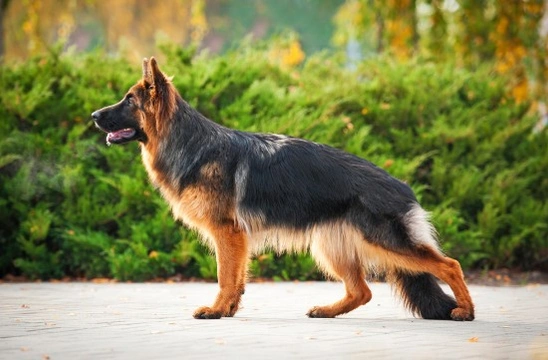
Good exercises for your dog’s hindquarters
Every dog owner knows that walks and exercise are important to keep their dogs fit and in good health, but did you know that your dog can also benefit from targeted exercises, just as people can? Many of us like to keep fit by swimming or going to the gym, which actively works different core muscle groups, and allows us to target certain areas of weakness to build our strength. This is something that just walking and running alone cannot achieve- and the same is true for your dog!
For many dogs, the hindquarters and rear legs are particular areas of weakness or that require special attention when exercising, and certain types of dogs or dogs with certain health conditions can especially benefit from targeted exercise. Read on to learn more about some great and simple ways to exercise your dog’s hindquarters.
Why might my dog need special exercises for their hindquarters?
Any dog can benefit from regular workouts that target important muscle groups, but for some dogs, this is especially true. Dogs that suffer from stiffness in the rear legs, weak hind leg muscles, arthritis and joint problems and many more can be helped by targeted exercise! Keeping the hind legs strong and active is particularly important for dogs that suffer from hip dysplasia, as well as breeds that may have a genetic predisposition to hip dysplasia, such as the German Shepherd and Labrador Retriever.
Warming up the muscles
Warming up before any form of exercise is especially important for dogs with weak hind legs, and ensuring that you help your dog to do this can help to prevent injuries. Start by walking slowly with your dog for a few minutes until they are moving freely, then up the pace to a very slow jog or trot. Move in large circles with your dog, both one way and then the other, to ensure that the four sets of muscle groups that control the hind legs all get the chance to loosen up and move freely.
Stretching exercises
Stretching exercises are a great way to help your dog to keep their hind legs and lower back supple and moving freely, and this is something that you may need to give your dog a hand with! It is important that you do not manually manipulate your dog’s legs beyond the range that they can comfortably manage on their own, in order to avoid injury. Watch your dog when they stretch themselves- such as when they have just woken up- and take note of the range of movement that they can achieve with their hind legs, both when stretching their legs out behind them and when they “bow” and so, stretch the tendons in the backs of their legs.
When working with your dog on stretching exercises, always take your cues from your dog, and do not try to move their legs further than comfortable, or into odd positions. When you begin to feel muscle resistance, you have gone far enough!
You can manually stretch your dog’s legs out behind them, rotate the legs in the sockets, and encourage your dog to “bow” in order to stretch the back and rear tendons. Turn it into a game for your dog with encouragement and reward, and encourage your dog to perform extensions and stretches on their own too!
Massaging your dog
Giving your dog a firm but gentle massage can also be a great help in warming up muscle groups and helping your dog to stay supple, but massage performed incorrectly can actually do more harm than good, so proceed with caution! Gently rub and manipulate the muscle groups in the spine, hind quarters and rear legs for a few minutes before exercise if possible, and consider signing up for a canine massage course to learn some more advanced skills!
Swimming
Canine hydrotherapy is really taking off in a big way in the UK, and many dogs, particularly older ones, can benefit from regular swimming sessions at a hydrotherapy centre. However, this is something that is handled by professionals, and you as the owner cannot usually get into the pool with your dog, so find out what facilities are available in your area, and check them out!
Dance and play!
Free movement is the key to building strong muscles, and maintaining them into old age. This can also help to keep the joints moving freely, and boost your dog’s health in a whole manner of ways. Encourage your dog to play, be silly, catch a ball and jump around (as long as this does not place undue strain on their muscles) and make time several times a week for them to let loose and shake it out!
One word of caution for dogs of breeds than may be prone to hip dysplasia is that veterinarians sometimes recommended avoiding high-impact hind leg exercises until they are fully grown. Check with your vet first before embarking on any targeted exercise programme with your dog.



